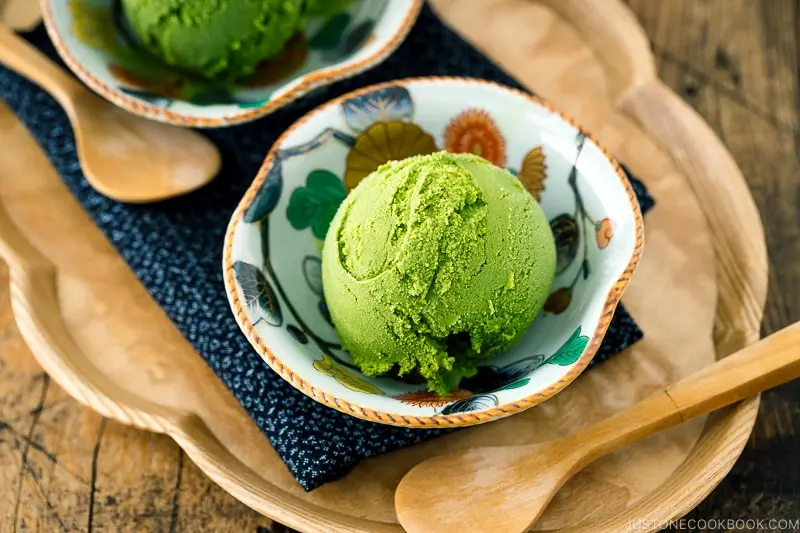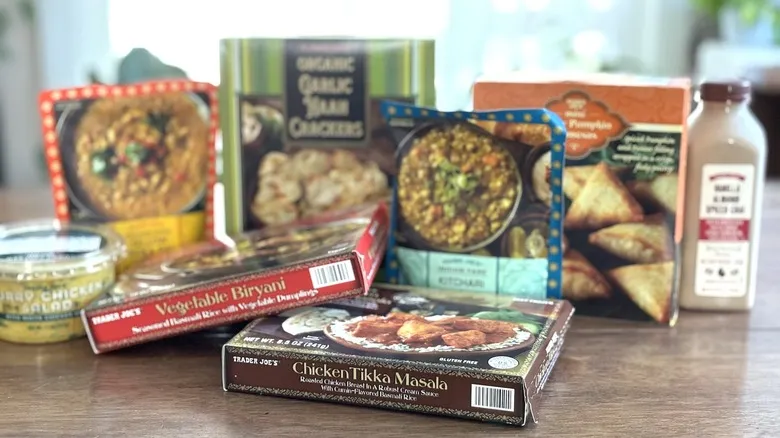When to use self-rising flour and when to avoid it
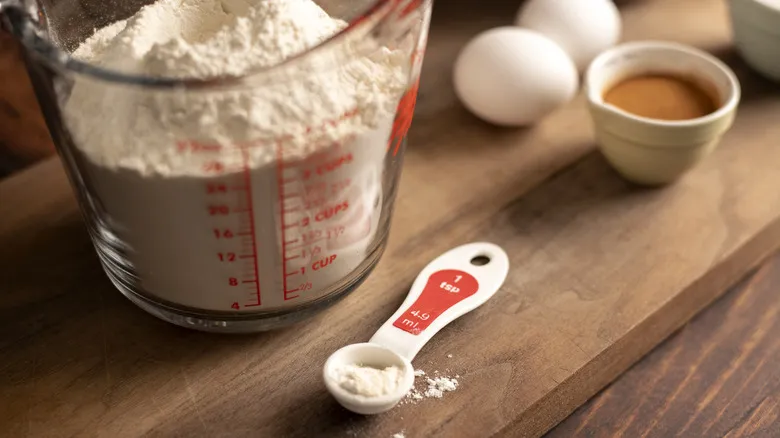
This isn't to suggest that you should completely steer clear of self-rising flour. There are indeed recipes that specifically require it and have been successful with the leavening agents already present in the flour. For example, dishes like beer bread or simple quick breads, such as banana bread, often benefit from self-rising flour. In these cases, opting for self-rising flour might be a wise choice over all-purpose flour. However, if your recipe specifies certain amounts of leavening agents like baking soda or baking powder, you should avoid substituting with self-rising flour.
Take cookies and cakes, for instance; they have distinctly different textures. You'll want your cakes to rise properly in the pan while your cookies retain their shape. Consequently, these recipes typically require different amounts of leavening agents, which are not interchangeable. Moreover, some recipes, like shortbreads and pie crusts, do not use any leavening agents at all, making self-rising flour unsuitable. In these cases, all-purpose flour is the better choice.
It's also advisable not to add extra leavening agents when using self-rising flour, as this can lead to unpredictable results. So, the next time you find yourself contemplating your flour choices at the grocery store, consider reaching for all-purpose flour instead of self-rising, depending on what you're baking (or perhaps grab both—your secret is safe with us). Alternatively, you can always purchase all-purpose flour and convert it into self-rising flour using just two common pantry ingredients.
Recommended

The Best Way To Reheat Apple Pie For Later
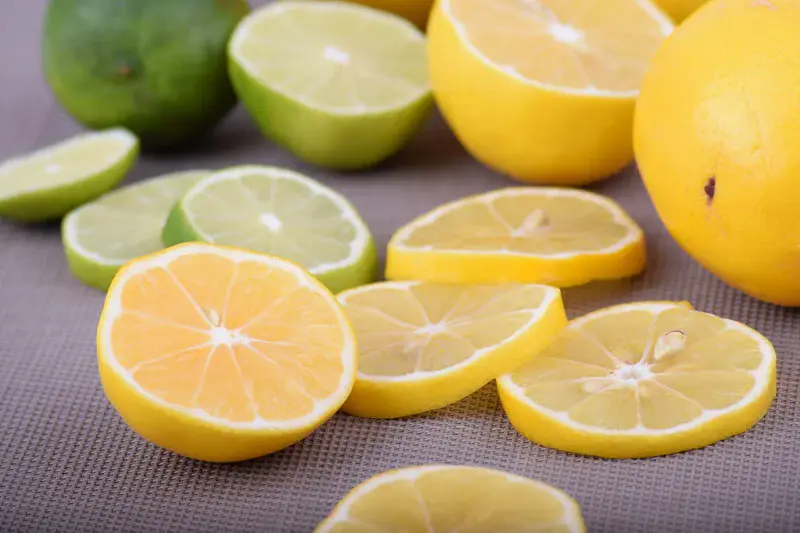
How Hard Water Can Impact The Quality Of Your Cooking
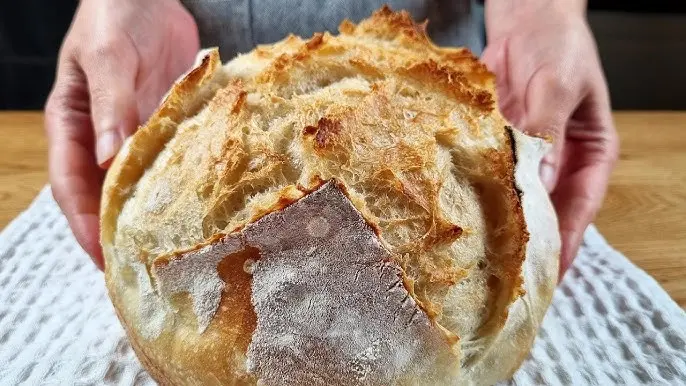
The Usually Discarded Ingredient You Need For The Best Bread Ever
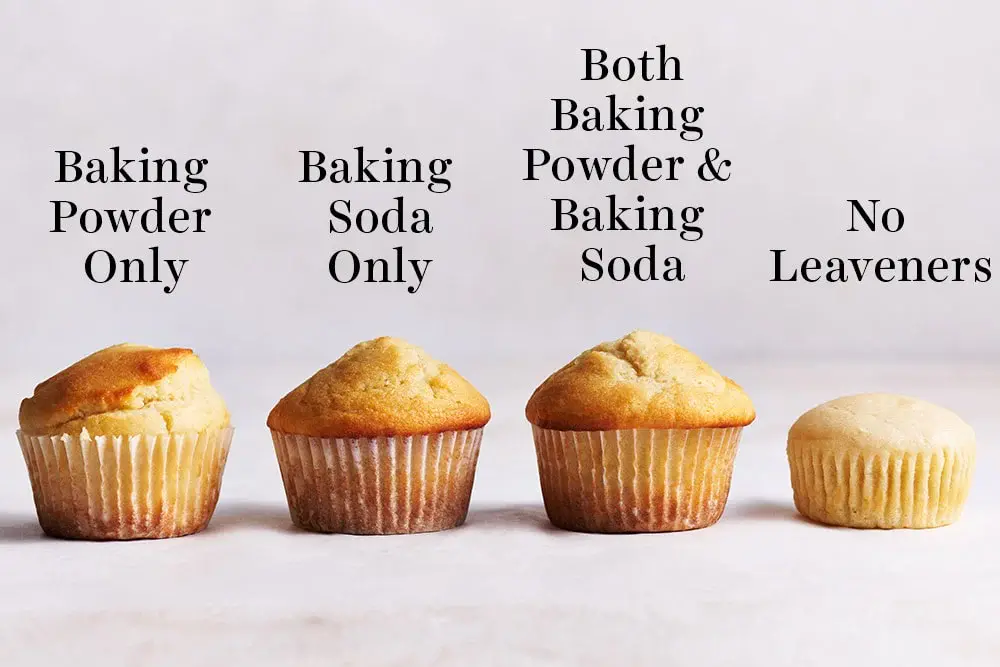
What's The Difference Between Baking Soda And Baking Powder?
Next up



